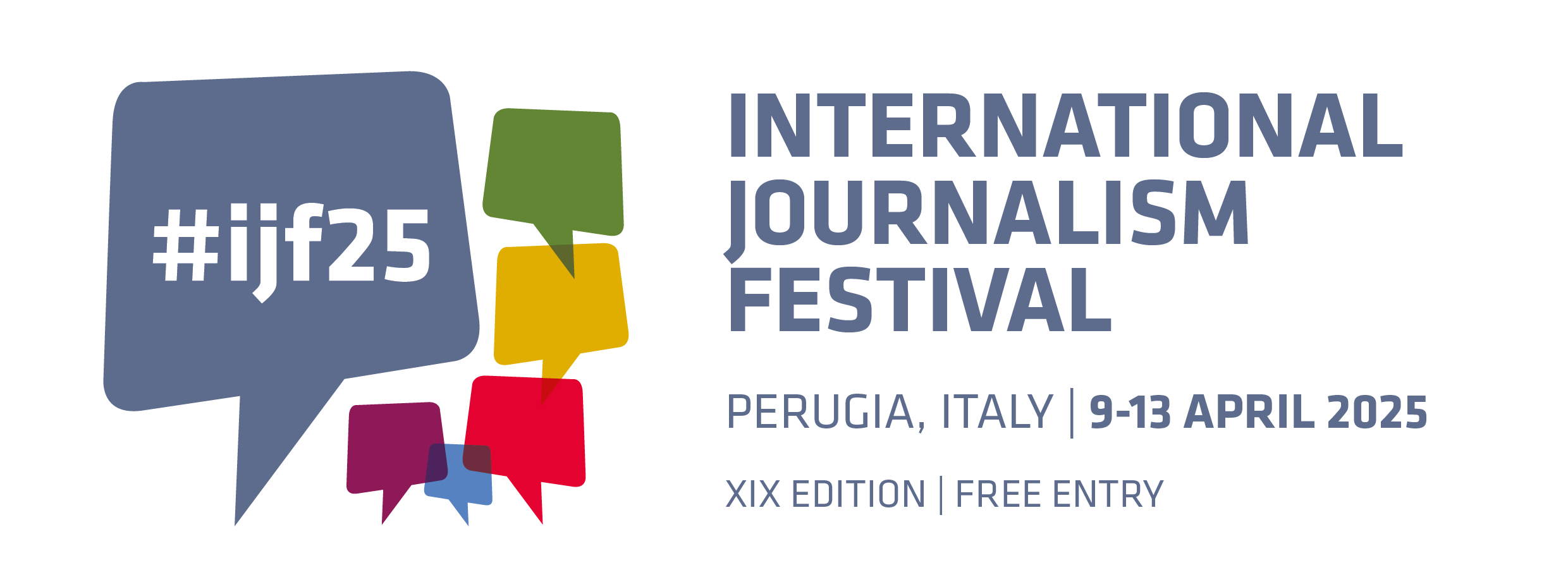Perugia is today the heart of Journalism. Here journalists of all kinds have met to share experiences and knowledge in order to help each other to improve the journalistic practice. The general will is to collaborate.
In that respect, the goal of the Journalism Lab is to provide a space for education. The subject this time is the precision journalism. This journalistic style, initially developed by the North American journalist Philip Meyer in the early 90’s, is defined by the use of mathematic or other methods from the social sciences to interpret mostly numerical data which can be found online. Through the application of software like Access, Excel or Mapping it is possible to locate irregularities on the data. It has proven to be highly effective when journalists are researching donations to electoral campaigns, corporative financial investments or other movements, and importantly, the public spending.
Matt Doig, a young North American journalist from the Sarasota Herald-Tribune, participated via Skype and referred his own experience with the use of the tools of precision journalism when he and his colleagues found out about a major financial fraud related to real states in the state of Florida. Some years ago, they found in the internet a very interesting data. In only one day, a number of properties were sold and bought with a gain of 5 million dollars each. Curiously, the vendor and the buyers belonged to the same company. They suspected the fraud and were able to prove it when they analyzed the data with the software. The paper run the story even before that the police and the FBI started to investigate the scam.
Giorgio Meletti, journalist of Il Fatto Quotidiano, reflected about how strongly the digital technology had impacted on journalism. As he pointed out, the changes are not only tangible on the design and presentation of the information but also in the way the data is collected and interpreted. The potentialities of the computer are immense as only one device allows conducting the research, storing archive data, and analyzing and processing the final product.
Sofia Basso, from Left-Avvenimenti, supports the use of this kind of tools as they provide an objectivity that politicians, spokesperson or managers cannot offer. AS she observes, “most probably there will be a missing piece of the puzzle”. At the end, as Basso concludes, precision journalism proposes the use of the potentialities of informatics to interrogate and find meanings from the available data.
However, a colleague from the public warned about a current tendency that is perceived in the practice of journalism. Especially among young practitioners and students, it is common to remain in front of the computer in the newsroom. Thereby it seems necessary to remember that journalism was born in the streets, questioning the people and reporting the events and processes that were visible and tangible in the real world life.
In general, the panel agreed that these tools can be a supplement for the journalism practice but not the only way to conduct it.
Jennifer P. Roig

